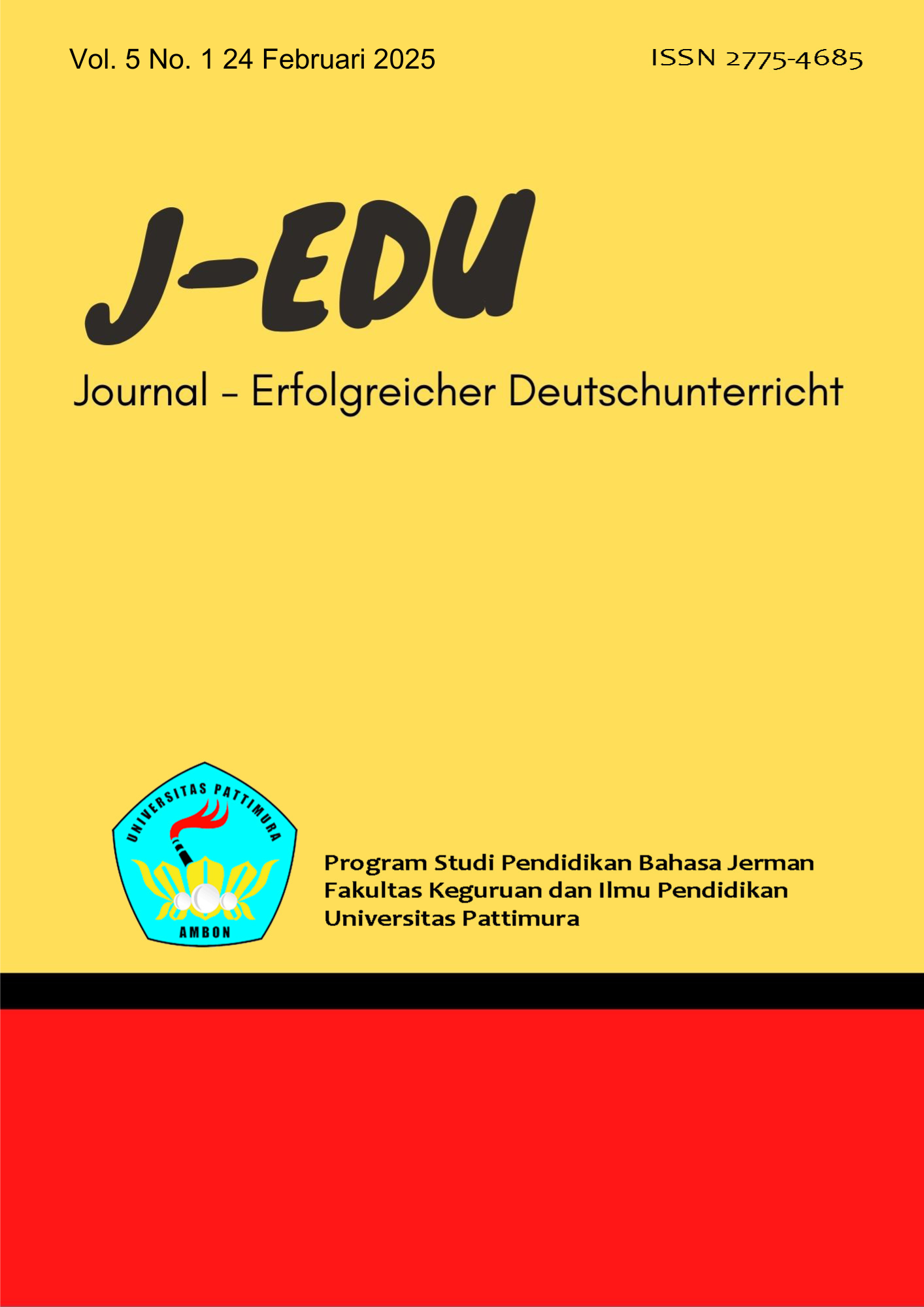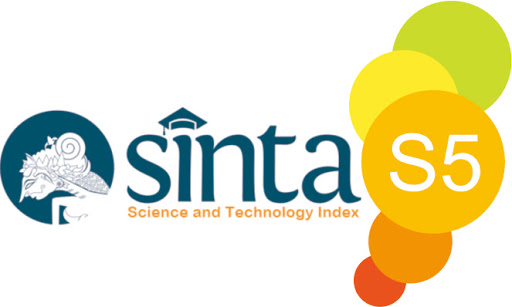PRODUKSI UJARAN FONEMIS PADA PENDERITA CADEL DEWASA: KAJIAN PSIKOLINGUISTIK DAN ANALISIS FAKTOR PENYEBAB
Abstract
Speech production is a critical component of human communication. However, individuals with phonological disorders, such as lisping, often face barriers in social interaction due to unclear articulation. This study aims to explore how adults with lisp produce phonemic utterances and to examine the causes of such speech production disorders. The main research questions are: (1) How do adults with lisp produce phonemic speech? and (2) What factors contribute to their articulation difficulties? This study employed a qualitative descriptive method using a case study approach. Data were collected from four adult respondents aged 18 to 53 living in Ambon, Indonesia, all of whom exhibit symptoms of lisp or distorted articulation. The data collection techniques included direct observation through video recordings and structured interviews. Analysis was conducted using the interactive model of Miles and Huberman, focusing on variations in speech patterns and articulation phenomena. The findings reveal multiple types of phonemic disruptions, including segment substitution, phonetic feature distortion, syllable structure errors, and lexical pausing patterns. The causes of lisp were identified as genetic inheritance, environmental influences, and congenital conditions such as ankyloglossia (short tongue). The study contributes to the fields of psycholinguistics and speech pathology by providing insight into the diverse manifestations of articulation disorders. It also emphasizes the importance of early diagnosis, family awareness, and phonological therapy to support affected individuals. Future research should involve larger sample sizes and incorporate acoustic and quantitative analysis for broader generalization.
Downloads
Copyright (c) 2025 Eldaa Crystle Wenno, June Carmen Noya van Delzen

This work is licensed under a Creative Commons Attribution-ShareAlike 4.0 International License.





_.jpg)
